For
years, the conventional wisdom among Silicon Valley futurists was that
artificial intelligence (AI) and automation spelled doom for blue-collar
workers whose jobs involved repetitive manual labor. Truck drivers, retail
cashiers, and warehouse workers would all lose their jobs to robots, they said,
while workers in creative fields like art, entertainment, and media would be
safe.
اضافة اعلان
Well, an unexpected
thing happened recently: AI entered the creative class.
In the past few
months, AI-based image generators like DALL-E 2, Midjourney, and Stable
Diffusion have made it possible for anyone to create unique, hyper-realistic
images just by typing a few words into a text box.
These apps, though
new, are already astoundingly popular. DALL-E 2, for example, has more than 1.5
million users generating more than 2 million images every day, while
Midjourney’s official Discord server has more than 3 million members.
These programs use
what’s known as “generative AI,” a type of AI that was popularized several
years ago with the release of text-generating tools like GPT-3 but has since
expanded into images, audio, and video.
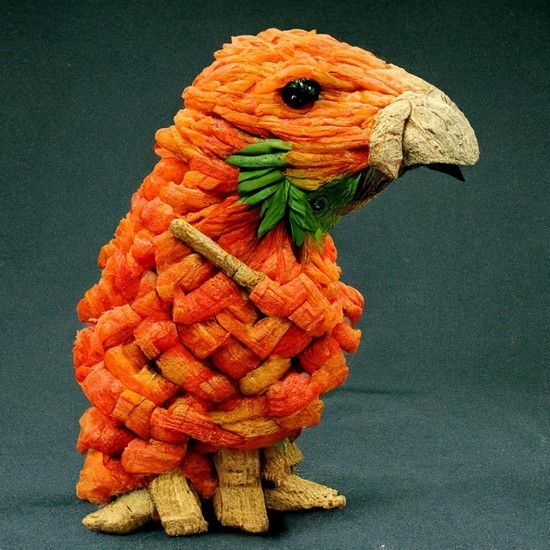 An AI image generated by Collin Waldoch using the term “carrot parrot”.
An AI image generated by Collin Waldoch using the term “carrot parrot”.
It is still too
early to tell whether this new wave of apps will end up costing artists and
illustrators their jobs. What seems clear, though, is that these tools are
already being put to use in creative industries.
Recently, we spoke
to five creative-class professionals about how they are using AI-generated art
in their jobs.
‘It spit back a
perfect image.’
Collin Waldoch, 29, a game designer in the New York City borough of
Brooklyn, recently started using generative AI to create custom art for his
online game, Twofer Goofer, which works a bit like a rhyming version of Wordle.
Every day, players are given a clue — like “a set of rhythmic moves while in a
half-conscious state” — and are tasked with coming up with a pair of rhyming
words that matches the clue. (In this case, “trance dance.”)
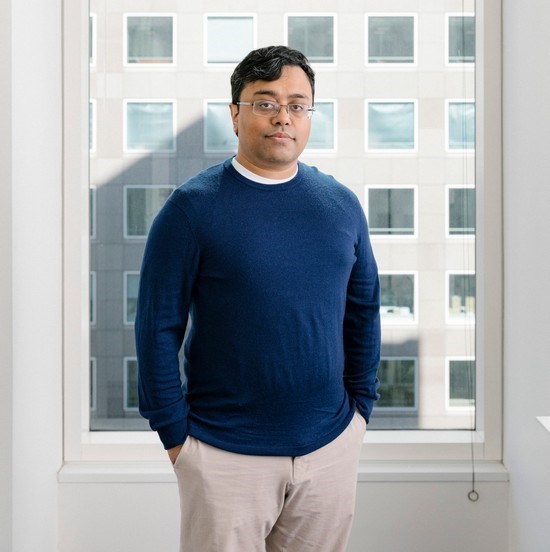 Emad Mostaque, founder and chief executive of the start-up Stability AI, in San Francisco, October 19, 2022.
Emad Mostaque, founder and chief executive of the start-up Stability AI, in San Francisco, October 19, 2022.
Initially, Waldoch
planned to hire human artists through gig-work platform Upwork to illustrate
each day’s rhyming word pair. But when he saw the cost — between $50 and $60
per image, plus time for rounds of feedback and edits — he decided to try using
AI instead. He plugged word pairs into Midjourney and DreamStudio, an app based
on Stable Diffusion, and tweaked the results until they looked right. Total
cost: a few minutes of work, plus a few cents. (DreamStudio charges about 1
cent per image; Midjourney’s standard membership costs $30 per month for
unlimited images.)
“I typed in ‘carrot
parrot,’ and it spit back a perfect image of a parrot made of carrots,” he
said. “That was the immediate ‘aha’ moment.”
Waldoch said he did
not feel guilty about using AI instead of hiring human artists, because human
artists were too expensive to make the game worthwhile.
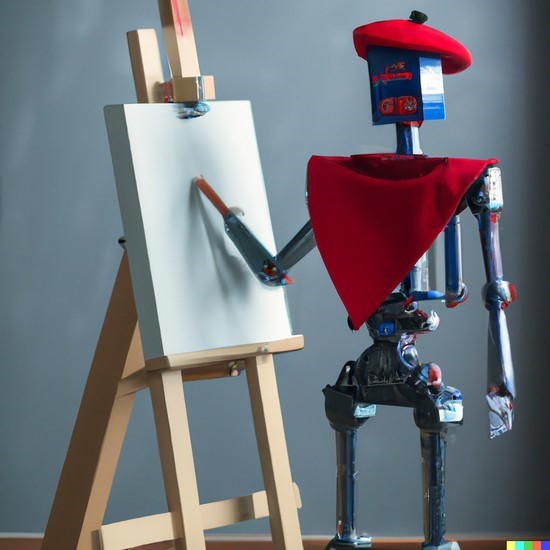 An image generated by Kevin Roose using OpenAI’s DALL-E 2 artificial intelligence program. Only a few months old, apps like DALL-E 2, Midjourney and Stable Diffusion are changing how filmmakers, interior designers and other creative professionals do their jobs.
An image generated by Kevin Roose using OpenAI’s DALL-E 2 artificial intelligence program. Only a few months old, apps like DALL-E 2, Midjourney and Stable Diffusion are changing how filmmakers, interior designers and other creative professionals do their jobs.
“We wouldn’t have
done this”, if not for AI, he said.
‘I don’t feel like it will take my job away’
Isabella Orsi, 24, an interior designer in San Francisco, recently used a
generative AI app called InteriorAI to create a mock-up for a client.
The client, a tech
startup, was looking to spruce up its office. Orsi uploaded photos of the
client’s office to InteriorAI, then applied a “cyberpunk” filter. The app
produced new renderings in seconds — showing what the office’s entryway would
look like with colored lights, contoured furniture and a new set of shelves.
Orsi thinks that
rather than replacing interior designers entirely, generative AI will help them
come up with ideas during the initial phase of a project.
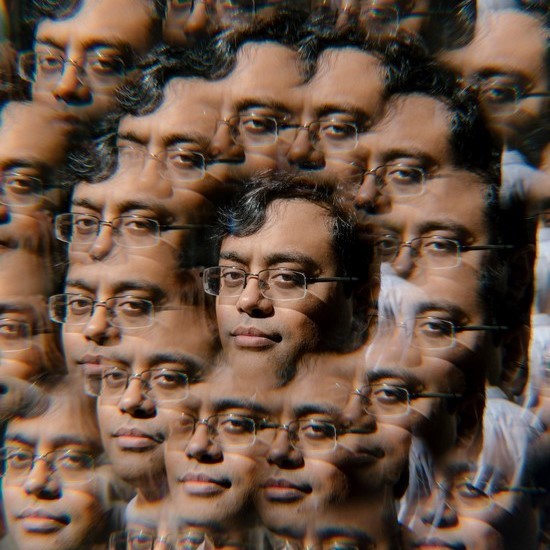 Emad Mostaque, founder and chief executive of the start-up Stability AI, in San Francisco, October 19, 2022.
Emad Mostaque, founder and chief executive of the start-up Stability AI, in San Francisco, October 19, 2022.
“I think there’s an
element of good design that requires the empathetic touch of a human,” she
said. “So I don’t feel like it will take my job away. Somebody has to discern
between the different renderings, and at the end of the day, I think that needs
a designer.”
‘It’s like working with a really willful concept
artist’
Patrick Clair, 40, a filmmaker in Sydney, started using AI-generated art
this year to help him prepare for a presentation to a film studio.
Clair, who has
worked on hit shows including “Westworld,” was looking for an image of a
certain type of marble statue. But when he went looking on Getty Images — his
usual source for concept art — he came up empty. Instead, he turned to DALL-E
2.
He predicted that
rather than replacing concept artists or putting Hollywood special effects
wizards out of a job, AI image generators would simply become part of every
filmmaker’s toolkit.
“It’s like working
with a really willful concept artist,” he said.
“Photoshop can do
things that you can’t do with your hands, in the same way a calculator can
crunch numbers in a way that you can’t in your brain, but Photoshop never
surprises you,” he continued. “Whereas DALL-E surprises you and comes back with
things that are genuinely creative.”
‘What if we could show what the dogs playing poker
looked like?’
During a recent creative brainstorm, Jason Carmel, 49, an executive at New
York advertising agency Wunderman Thompson, found himself wondering if AI could
help.
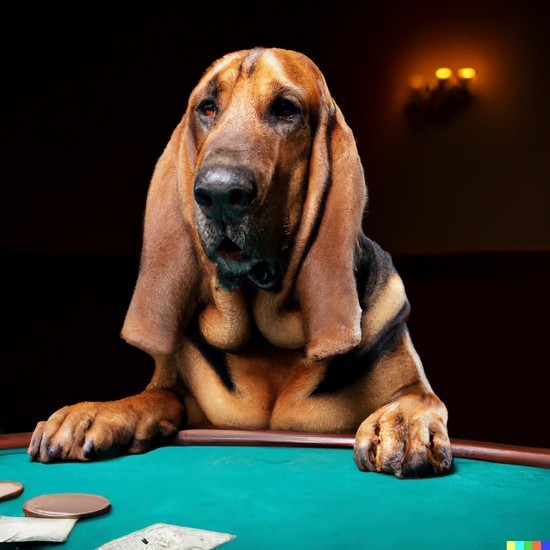 An image generated by Shawn Herron using OpenAI’s DALL-E 2 artificial intelligence program.
An image generated by Shawn Herron using OpenAI’s DALL-E 2 artificial intelligence program.
“We had three and a
half good ideas,” he said of his team. “And the fourth one was just missing a
visual way of describing it.”
The image they
wanted — a group of dogs playing poker, for an ad being pitched to a pet
medicine company — would have taken an artist all day to sketch. Instead, they
asked DALL-E 2 to generate it.
“We were like, what
if we could show what the dogs playing poker looked like?” Carmel said.
The resulting image
did not end up going into an ad, but Carmel predicts that generative AI will
become part of every ad agency’s creative process. He does not, however, think
that using AI will meaningfully speed up the agencies’ work or replace their
art departments. He said many of the images generated by AI weren’t good enough
to be shown to clients and that users who were not experienced users of these
apps would probably waste a lot of time trying to formulate the right prompts.
‘This is a sketch tool’
Sarah Drummond, a service designer in London, started using AI-generated
images a few months ago to replace the black-and-white sketches she did for her
job. These were usually basic drawings that visually represented processes she
was trying to design improvements for, like a group of customers lining up at a
store’s cash register.
Instead of spending
hours creating what she called “blob drawings” by hand, Drummond, 36, now types
what she wants into DALL-E 2 or Midjourney.
“All of a sudden, I
can take like 15 seconds and go, ‘Woman at till, standing at kiosk,
black-and-white illustration,’ and get something back that’s really professional
looking,” she said.
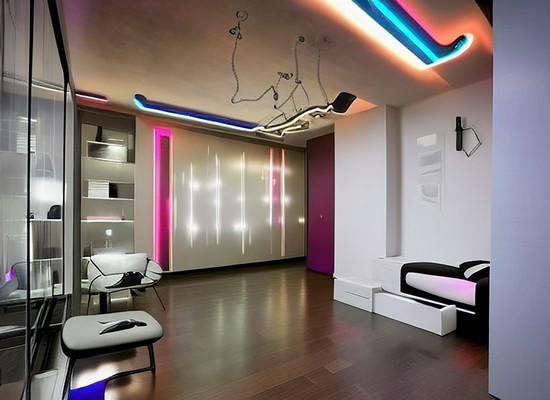 An AI rendering of decorations in an office that Orsi was hired to decorate. (Photo: InteriorAI/NYTimes)
An AI rendering of decorations in an office that Orsi was hired to decorate. (Photo: InteriorAI/NYTimes)
Drummond
acknowledged that AI image generators had limitations. They are not good at
more complex sketches, for example, or creating multiple images with the same
character. And like the other creative professionals, she said she did not
think AI designers would replace human illustrators outright.
“Would I use it for
final output? No. I would hire someone to fully make what we wanted to
realize,” she said. “But the throwaway work that you do when you’re any kind of
designer, whether it’s visual, architectural, urban planner — you are
sketching, sketching, sketching. And so this is a sketch tool.”
Read more Technology
Jordan News



